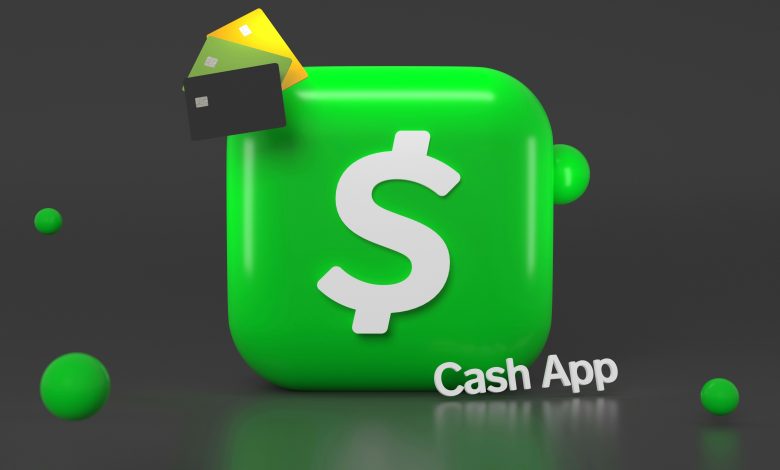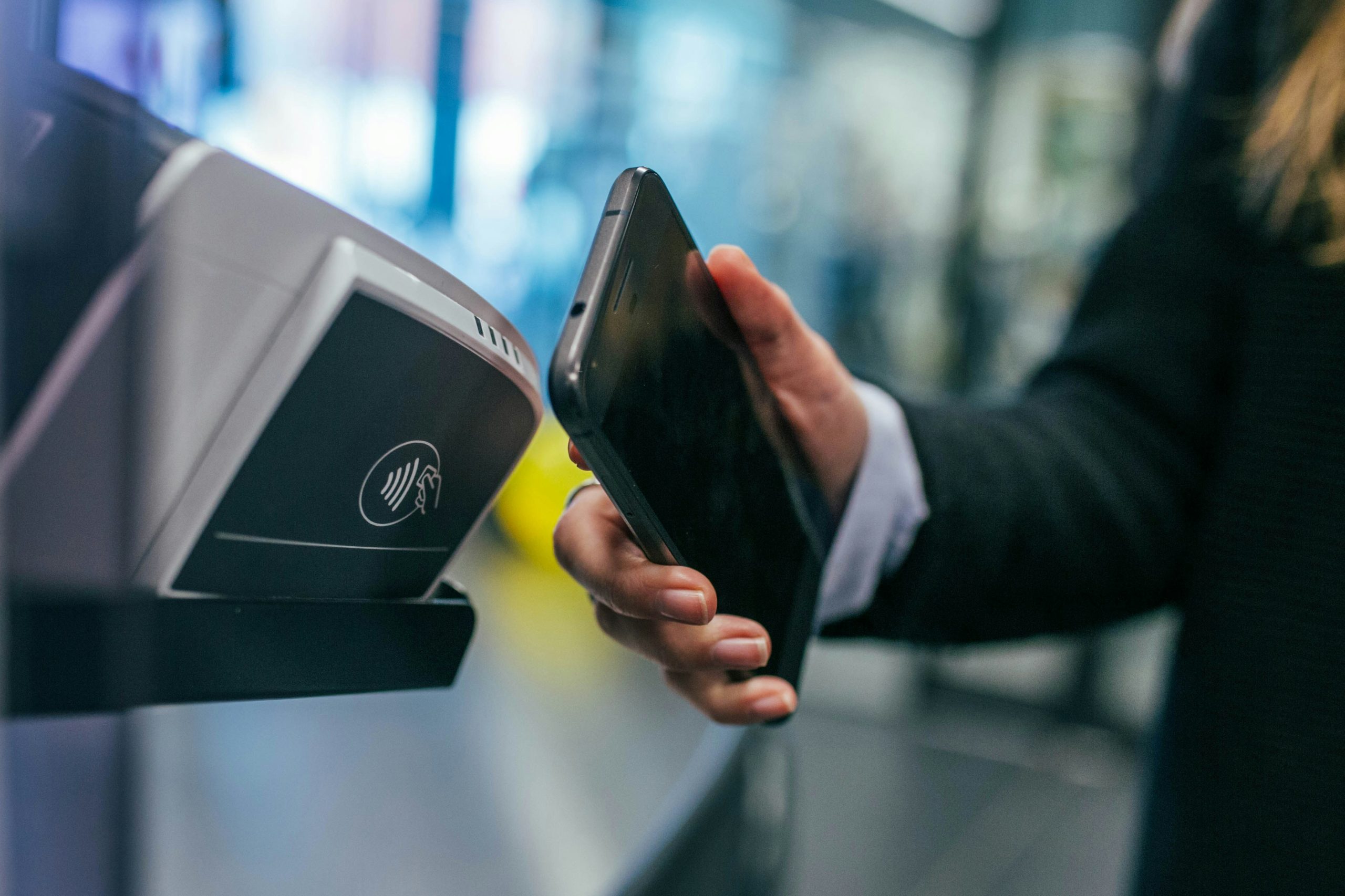Cash App Glitch: Stay Safe from Scams and Protect Your Money

In a world where digital transactions have become as commonplace as the morning coffee run, the convenience of apps like Cash App is undeniable. However, lurking behind this ease of use lies a troubling reality: glitches and scams that threaten your hard-earned money. Imagine waking up one day to find unauthorized transactions draining your account due to a simple software error or falling prey to a cunning scammer who exploits these very glitches for their gain.
As technology evolves, so too do the tactics employed by fraudsters, making it crucial for users to remain vigilant and informed. In this article, we’ll dive into the recent Cash App glitch that has left many users vulnerable and explore effective strategies to safeguard your finances against potential threats. By understanding how these scams operate and arming yourself with knowledge, you can navigate the digital landscape confidently while keeping your cash securely in your pocket.
What is a Cash App Glitch?
A Cash App glitch refers to unexpected technical issues within the Cash App platform that can disrupt normal transactions or create confusion for users. These glitches might manifest as delayed transfers, incorrect balances, or even erroneous notifications about account activity. While many of these occurrences are benign and resolve themselves quickly, they can also serve as a breeding ground for scams if users react hastily in an attempt to rectify them. Unscrupulous individuals often exploit these tech hiccups, posing as customer support representatives or sending phishing emails that mimic legitimate communications from Cash App.
Understanding the nature of these glitches is crucial for safeguarding your financial information. Many users may not realize that under pressure from urgent notifications or prompts related to their accounts, they could inadvertently share sensitive details with scammers lurking in the shadows. Keeping a level head and verifying any changes through official channels can help you navigate such disruptions safely. Additionally, staying informed about common scam tactics associated with app malfunctions will empower users to think critically before taking action based on alarmist messages, ultimately protecting both their funds and peace of mind.

Common Types of Cash App Scams
One common type of Cash App scam involves fake customer support impersonators. Scammers often pose as representatives by creating convincing profiles on social media and even using shameful tactics like sending unsolicited messages offering assistance. They lure users into sharing sensitive information, such as account passwords or PINs, under the guise of troubleshooting an issue, ultimately leading to unauthorized access to personal funds.
Another prevalent scheme is the “Cash Flipping” scam, where fraudsters promise substantial returns for simply sending a small amount of money up front. This shady practice preys on the dreams of easy wealth—targeting impulsive individuals looking for quick financial gains. Once victims send their cash, they are met with radio silence, leaving them with empty pockets and empty hopes.
Additionally, be wary of scams involving link phishing attempts: scammers might send out seemingly legitimate texts or emails that urge you to click on a link claiming you have received money or a payment reversal. These links usually lead to counterfeit websites designed to capture your login credentials and personal details. Keeping an eye out for these red flags can make all the difference in protecting your funds from these deceitful practices; vigilance is your best weapon against potential losses.
Signs of a Potential Cash App Scam
One of the most telling signs of a potential Cash App scam is unsolicited communication. If you receive a message or call from someone claiming to be a Cash App representative asking for your account details or promising unexpected rewards, it’s time to raise your guard. Scammers often exploit social engineering tactics, creating urgency or offering seemingly too-good-to-be-true deals to provoke impulsive decisions. Always verify the authenticity of such messages; legitimate companies will never ask for sensitive information through direct messaging.
Another red flag lies in transactions that seem oddly manipulated—like receiving an unexpected payment and then being prompted to return funds shortly after. This scenario commonly indicates money mule scams where victims inadvertently launder money for scammers. Be wary if you notice strange behavior surrounding your transaction history; keeping an eye on any unfamiliar activity can save you from financial loss. Trust your instincts: if something feels off, it’s wise to pause and reassess before taking action.

Tips to Protect Your Cash App Account
Keeping your Cash App account secure is paramount in an age where digital transactions can attract unwanted attention from scammers. To bolster your account’s defenses, start by enabling two-factor authentication (2FA). This simple step adds an extra layer of security, requiring not just your password but also a unique code sent to your mobile device whenever you log in from a new device. By reducing the likelihood of unauthorized access, you significantly enhance the safety of your funds and personal information.
Next, be wary of any requests for sensitive information that seem out of character or unexpected—especially if they come through direct messages or unsolicited emails. Scammers often impersonate legitimate entities to lure unsuspecting users into divulging personal data. Instead of clicking on links provided in such communications, take the time to navigate directly to the official Cash App website or app for confirmation. Finally, regularly monitor your transaction history and set up instant notifications for all activities; this way, you’ll quickly catch any unauthorized transactions and can act swiftly to protect yourself before significant damage occurs.
How to Report Suspicious Activity
When you encounter suspicious activity, prompt reporting is crucial not only for your safety but also for the protection of others in the community. Begin by gathering as much information as possible, including screenshots, transaction details, and any communications you may have received. This evidence will significantly strengthen your report and facilitate a faster investigation. Cash App users can utilize the built-in support feature to flag potentially fraudulent transactions directly through the app.
However, don’t stop there—consider taking your concerns to social media platforms or dedicated fraud alert services where user experiences are shared in real-time. Bringing attention to scams can help warn others and build a collective response against scammers. Additionally, don’t hesitate to reach out to local law enforcement if you feel threatened or are a victim of significant financial loss; they might be able to pursue leads that go beyond digital boundaries. Finally, maintaining an open dialogue with friends and family about these issues can create a supportive network that heightens awareness and fosters preventative measures within your circles.

Best Practices for Safe Transactions
When conducting transactions through apps like Cash App, it’s crucial to prioritize security. One of the best practices for safe transactions is enabling two-factor authentication (2FA). This adds an extra layer of protection by requiring a secondary verification step—often a code sent to your phone or email—before completing any transaction. By implementing 2FA, you significantly reduce the risk of unauthorized access to your account, effectively creating a barrier that scammers often find difficult to breach.
Another essential precaution is maintaining vigilance with unsolicited messages or requests. Scammers often impersonate friends or family members in urgent situations, prompting users to send money quickly without verification. Always take a moment to confirm these requests through another communication channel before proceeding. Furthermore, regularly reviewing your transaction history can help catch any suspicious activity early on; if something doesn’t seem right, reporting it immediately could prevent further loss.
Lastly, educate yourself about common scams relevant to cash transfer apps. Knowledge is power; understanding tactics such as fake customer service calls or phishing attempts can keep you one step ahead of fraudsters. Joining community forums or resource websites dedicated to personal finance can be invaluable for remaining vigilant and learning about evolving scams and preventative strategies tailored specifically for digital payments like those made through Cash App.
Conclusion: Safeguarding Your Money on Cash App
In conclusion, safeguarding your money on Cash App requires a proactive approach that combines vigilance with the right security measures. Regularly updating your app and enabling two-factor authentication are critical steps in fortifying your account against potential breaches. Furthermore, familiarizing yourself with common scams can empower you to recognize and avoid pitfalls before they escalate into financial losses.
Additionally, consider enhancing your privacy by adjusting the settings available within the app. Limit who can send you money or send requests by only allowing connections from known contacts. Remember, while technology offers convenience, it’s essential to maintain a level of skepticism against overly enticing offers or urgent requests for funds—these are often red flags signaling potential scams. When it comes to online transactions, trust is built through caution; take every effort to safeguard your hard-earned money and enjoy the seamless experience Cash App provides without unnecessary risk.



